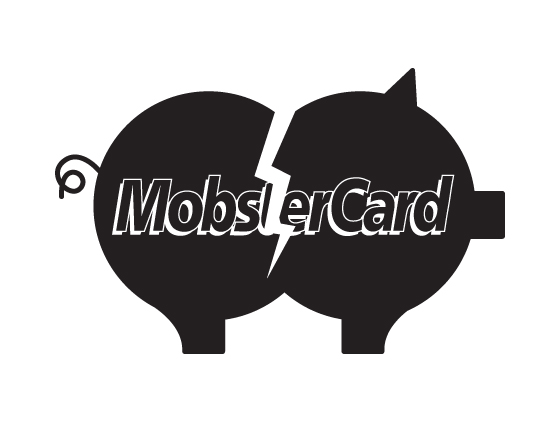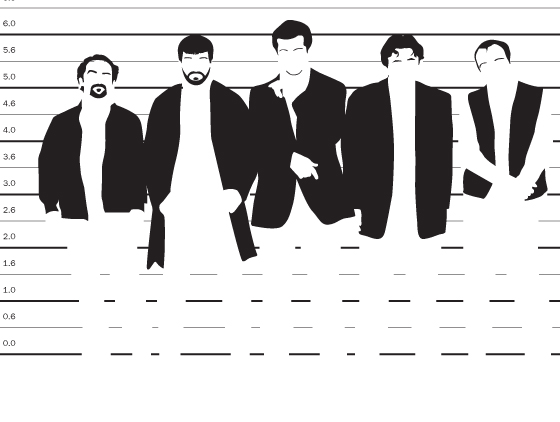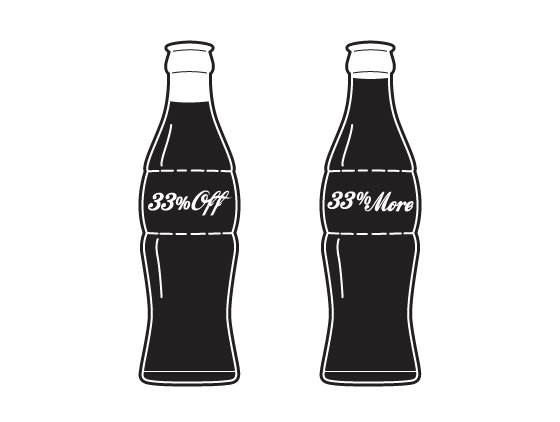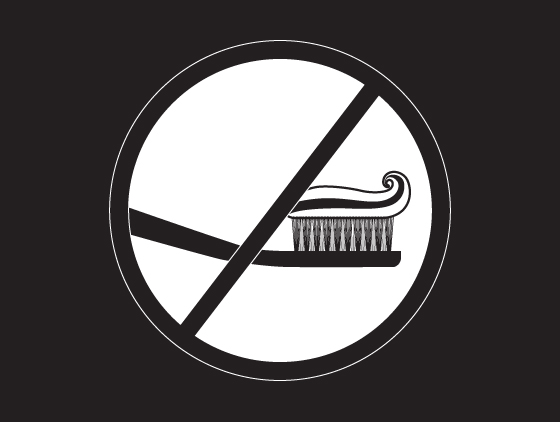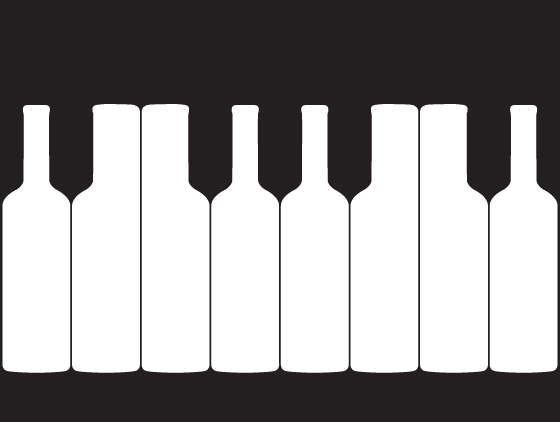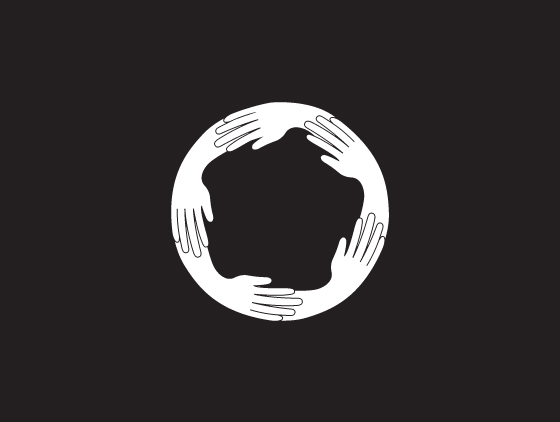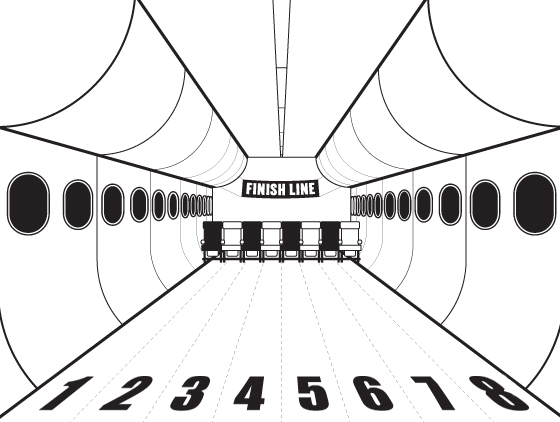
Warning: This post is the longest we’ve ever written, but we think you are likely to find it rewarding.
There are long queues at boarding no matter which airline you travel by. And once inside the plane, we’re often waiting in line once again for someone in front us whose is trying to keep his/her cabin luggage overhead. Imagine the time that gets wasted for you and the airline. In this industry, more than any, time is money. The quicker the airline can board, the more it will be on-time, the more satisfied will be its customers, the more money it can make. But how can this be made possible?
Southwest Airlines in the US has a unique solution to this problem. Southwest doesn’t have seat assignments. Here’s how it works:
In airlines that assign seat numbers, when you’re trying to get to your seat, you’re not only waiting for someone to find their seat, you’re also waiting for them to put their bag in the overhead bin. So if you’re assigned to say, Seat 26A, you must wait until Seat 22C puts his/her bag in the overhead compartment.
But if you’re on Southwest Airlines, the procedure and behaviour of passengers is completely different.
So let’s say you’re flying on Southwest with a carry-on bag. You’re anxious about getting a window seat and making sure your bag gets in the compartment, so you check-in online 24 hours beforehand (the beginning of the check-in window), and are placed in boarding group A. Group A gets to board first.
Southwest keeps in mind that most people don’t care if they sit in row 10 or row 25, but they are likely to have a strong opinion about having a window or an aisle seat.
Fast forward to the airport. You arrive and get into the queue for group A, confident that there is a very good chance that you’ll get the seat you want and overhead space.
Now you’re walking onto the plane and suggested to move towards the further rows. The person in front of you has a bag and spots an aisle seat in row 25, and stops to put their bag in the bin. You’re a window person, and see one in row 21. The person behind you also wants a window, and stops at row 18. Notice what happened here: no one was held up because of the person in front of them. You all sit down, and the process repeats.
The boarding process becomes similar to a conventional boarding process as the seats fill up – if you’re in Group C (last to board) and say there’s only one window seat left and it’s at the very back of the plane, you have to wait 20 seconds for the person in front of you to claim their aisle seat at the front.
Compare this to a conventional boarding process: not only would you have had to wait for Seat 21C to put his bag in the compartment, Seats 21 A, B and D have to fight with their bags, and the other seats’ bags in order to fit their bags in. Multiply this by 30 rows, and you can see how this adds time to the boarding process.
What Southwest has done is eliminate that 20-to-30 second delay for 80% of passengers and instead limited it to, say, the 30% of passengers at the end of Group C. These passenger-to-seat delays add up quickly; and with roughly 130 seats each at 20 seconds each, that’s potentially 43 minutes of delays during seating! This, among other reasons, means that Southwest can turn around their planes in about 25 minutes, the fastest of any airline.
And not to forget, lower your BP. Travelers who are the most anxious about getting their preferred seat and their bag in the bin are more likely to check-in at the first second, earning them a coveted spot in Group A. But people in group B know there is, say, a 50% chance they’ll get a good seat and space in the overhead bin. Group C knows their chances are slim of getting either. The point here is that everyone has a rough idea of their probabilities and also that the probability is the direct result of their own actions, i.e., how quickly they checked in.
And the best thing I like about this way of boarding: I’ll never be seated in the wrong seat!
Big thanks to Michele Walk, Operations Manager at Engage for the information.
